Rising Consumer Awareness
Rising consumer awareness regarding the benefits of natural fibers is likely to serve as a significant driver for the Natural Fibers Sisal Market. As consumers become more informed about the environmental and health advantages of using natural products, the demand for sisal fibers is expected to increase. This trend is particularly evident in the textile and home decor sectors, where consumers are actively seeking sustainable and non-toxic materials. Market Research Future indicates that the demand for natural fibers, including sisal, is projected to reach a value of USD 1.5 billion by 2027. This growing awareness not only influences purchasing decisions but also encourages manufacturers to incorporate sisal into their product lines, thereby expanding its market presence. Consequently, the sisal market is poised for growth as it aligns with the evolving preferences of environmentally conscious consumers.
Sustainability Initiatives
The increasing emphasis on sustainability appears to be a pivotal driver for the Natural Fibers Sisal Market. As consumers and businesses alike become more environmentally conscious, the demand for natural fibers, such as sisal, is likely to rise. Sisal, being biodegradable and renewable, aligns well with the principles of sustainable development. Reports indicate that the market for natural fibers is projected to grow at a compound annual growth rate of approximately 8% over the next five years. This trend suggests that industries are increasingly seeking eco-friendly alternatives to synthetic materials, thereby bolstering the sisal market. Furthermore, government policies promoting sustainable practices may further enhance the attractiveness of sisal, positioning it as a preferred choice in various applications, including textiles and construction.
Technological Advancements
Technological advancements in the processing of sisal fibers could significantly influence the Natural Fibers Sisal Market. Innovations in extraction and processing techniques have the potential to enhance the quality and yield of sisal fibers, making them more competitive against synthetic alternatives. For instance, the introduction of automated machinery and improved retting processes may lead to cost reductions and increased efficiency. Market data suggests that the adoption of such technologies could result in a 15% increase in production capacity over the next few years. This improvement not only benefits producers but also attracts new entrants into the market, thereby expanding the overall industry landscape. As processing technologies continue to evolve, the sisal market may witness a surge in applications across various sectors, including automotive and construction.
Diversification of Applications
The diversification of applications for sisal fibers appears to be a crucial driver for the Natural Fibers Sisal Market. Traditionally used in ropes and twines, sisal is now finding its way into various sectors, including automotive, construction, and home furnishings. This expansion into new markets is likely to enhance the overall demand for sisal fibers. For instance, sisal is increasingly utilized in composite materials, which are gaining traction in the automotive industry due to their lightweight and durable properties. Market analysts suggest that the automotive sector alone could account for a significant portion of the sisal market, potentially reaching USD 300 million by 2026. As industries continue to explore innovative uses for sisal, the market is expected to experience robust growth driven by this diversification.
Government Support and Policies
Government support and favorable policies may play a vital role in shaping the Natural Fibers Sisal Market. Many governments are actively promoting the use of natural fibers as part of their initiatives to reduce carbon footprints and encourage sustainable practices. This support can manifest in various forms, including subsidies for sisal production, research funding for innovative processing techniques, and incentives for manufacturers to adopt eco-friendly materials. Market data indicates that countries with strong governmental backing for natural fibers are likely to see a 20% increase in sisal production over the next five years. Such policies not only enhance the viability of sisal as a raw material but also stimulate investment in the industry, fostering growth and development. As a result, the sisal market stands to benefit from a conducive regulatory environment that encourages sustainable practices.


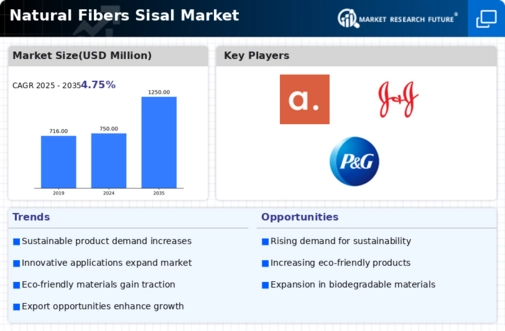
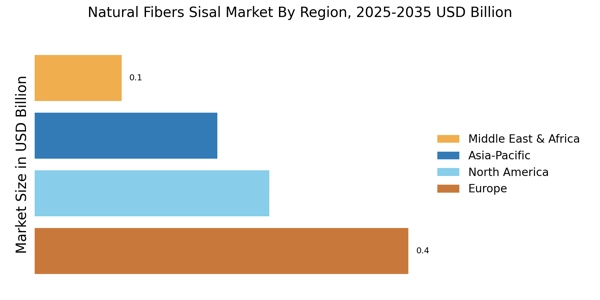
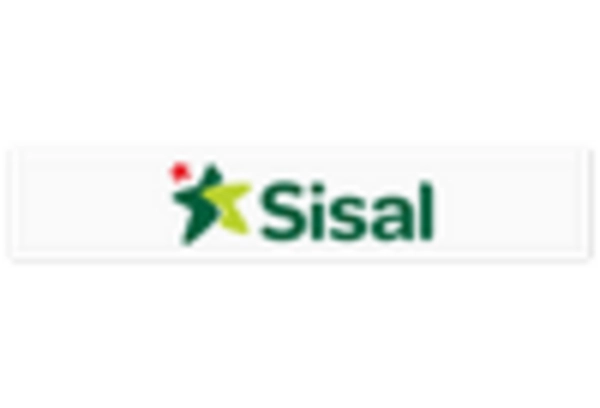
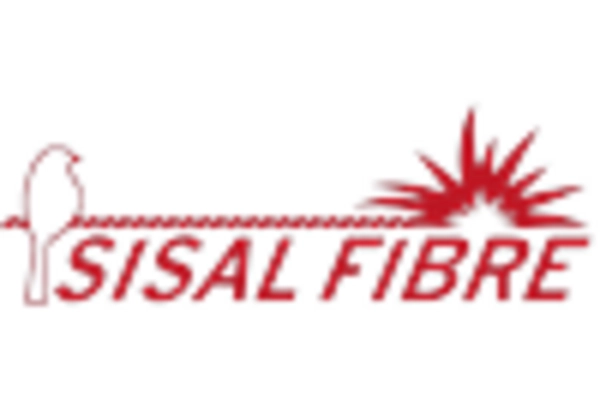
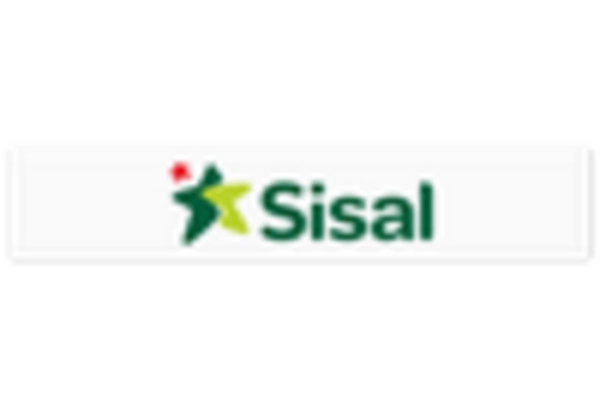
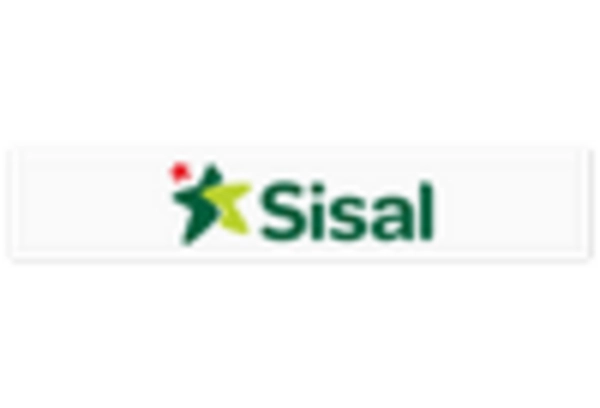










Leave a Comment